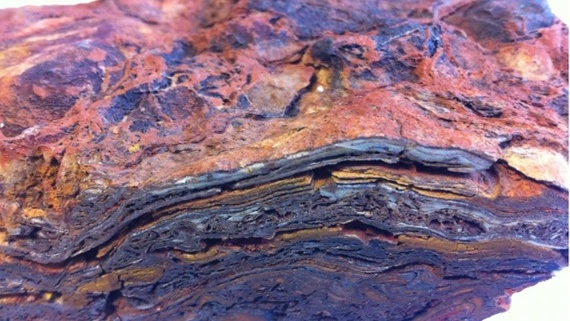#Dra. Valderês Antonietta Robinson Achutti (*13/06/1931+15/06/2021)
Ainda nos Jardins do Monet, sob outro ângulo, mas sempre com o mesmo sorriso.#Academia SR Medicina
#HMV

|
|
|
#Biblioteca Pública 
#The Public Domaine Review
For vast stretches of À la recherche du temps perdu, there is scarcely a page unadorned by vibrant colour. To commemorate the centenary of Marcel Proust’s death, Christopher Prendergast celebrates his use of pink, how its tone shifts from innocence to themes of sexual need, before finally fading out to grey at the novel’s close. PUBLISHEDNovember 9, 2022 James Abbot McNeil Whistler, Symphony in Blue and Pink, ca. 1868 — Source. Proust, a natural-born chromophiliac, was of the tribe for whom the value of colour lies not in what it depicts, stands for, or represents, but in what it intrinsically and self-sufficiently is — a fact of and a force in the world. When not beset by worries about “idolatry”, he was sympathetic to John Ruskin’s claim that “colour is the most sacred element of all visible things”. Proust would have doubtless also endorsed the spirit of Ruskin’s more secular version of the significance of colour: “it is richly bestowed on the highest works of creation and the eminent sign and seal of perfection in them; being associated with life in the human body, with light in the sky, with purity and hardness of the earth — death, night and pollution of all kinds being colourless.”/.../
|
|
 | (Keyron Hickman-Lewis) |
Layered rocks in Western Australia are some of Earth's earliest known life, according to a new study.
The fossils in question are stromatolites, layered rocks that are formed by the excretions of photosynthetic microbes. The oldest stromatolites that scientists agree were made by living organisms date back 3.43 billion years, but there are older specimens, too. In the Dresser Formation of Western Australia, stromatolites dating back 3.48 billion years have been found. Full Story: Live Science (11/10#NATURE Restrictions put in place to curb the spread of COVID-19 markedly blunted the spread of other respiratory illnesses. Now, in the Northern Hemisphere, respiratory syncytial virus (RSV) is surging, and the hospitalization rate for influenza in the United States is higher for the time of year than it has been since 2010. “These viruses are coming back, and they’re coming back with a vengeance,” says immunologist Scott Hensley. Why are these surges happening now? And what’s in store for future winters? Researchers weigh in with their thoughts, from infants not being exposed at a young age to waning immunity in older children and the timing of COVID-19 restrictions lifting. Nature | 5 min read#|
New Chip Expands the Possibilities for AIBy ALLISON WHITTEN An energy-efficient chip called NeuRRAM fixes an old design flaw to run large-scale AI algorithms on smaller devices, reaching the same accuracy as wasteful digital computers.
Read the article |
|
| | A Problems Problem
Some math problems are easy to solve. Others seem hard, but their solutions are easy to check. Computer scientists want to know if the first class, called P, is truly different from the second, called NP. Siobhan Roberts explains the problem for MIT Technology Review. “P v NP” is the biggest unsolved problem in computer science. In May, Mordechai Rorvig wrote for Quanta about progress made on a related problem: A subset of the complexity class VNP was shown to be too hard to solve efficiently.
Galactic Neutrino Factory
Astronomers detected a stream of high-energy neutrinos blasting from the core of the nearby galaxy M77, reports Stephanie Pappas for Live Science. The news adds to a growing body of evidence that active galactic cores are common factories for high-energy neutrinos. In 2018 Katia Moskvitch wrote for Quanta about the discovery of the first such source. |
|
|
#Time Health |
|
|
|
|
|


No comments:
Post a Comment